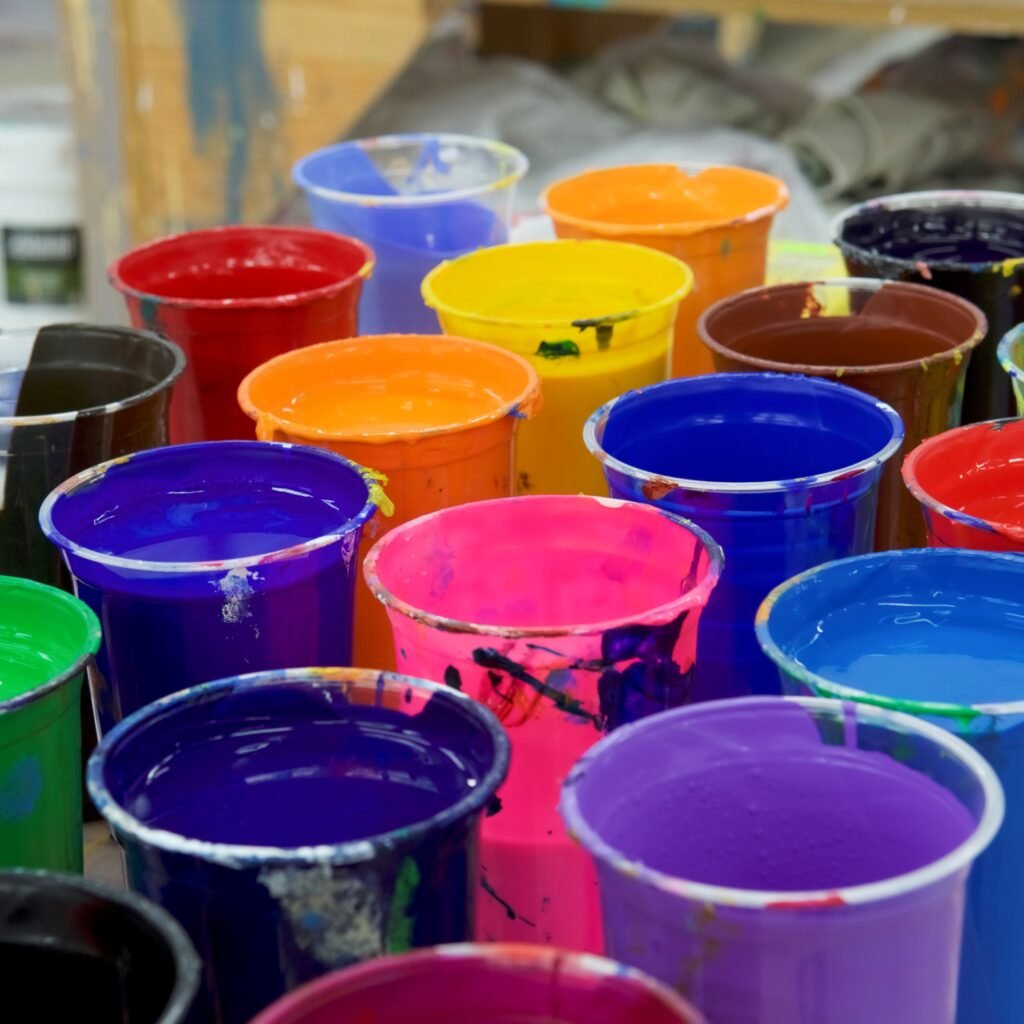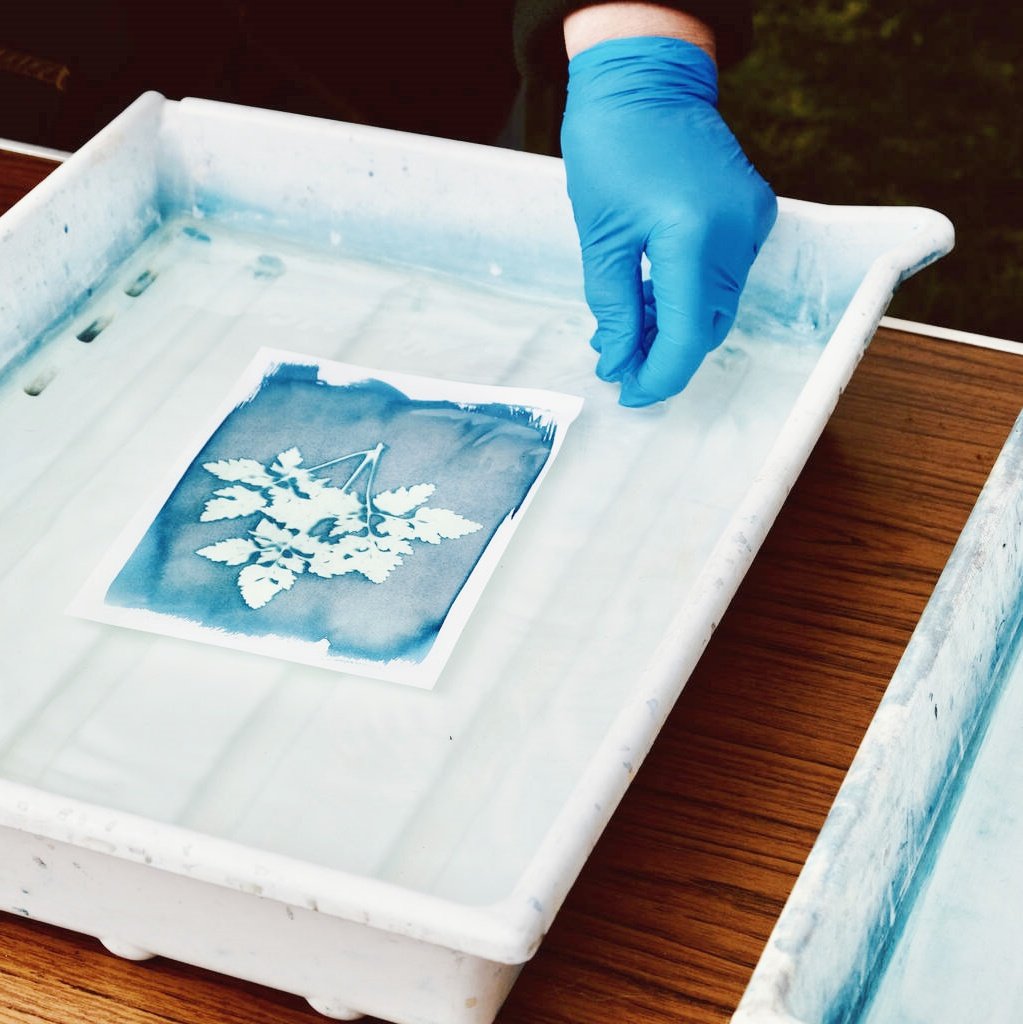In the world of plastisol ink printing, the choice of mesh screen is a crucial aspect. The mesh count, defined as the number of openings per inch (2.54 centimeters) in the screen, directly determines the permeability, coverage, and ultimate printing results of the ink. This article will delve into the impact of varying mesh counts on the quality of plastisol ink printing.
I. Basics of Mesh Count
1.1 What is Mesh Count?
Mesh count refers to the number of openings per inch on a mesh screen. This numerical value is directly related to the flow rate and uniformity of ink passing through the screen, making it a key factor in controlling printing results.
1.2 Why is Mesh Count Important?
Choosing the right mesh count is essential for plastisol ink printing. Too high or too low a mesh count can lead to poor printing results, such as uneven ink penetration, loss of details, or blurred colors.
II. Impact of Different Mesh Counts on Plastisol Ink
2.1 Low Mesh Count Screens (e.g., 80-110 Mesh)
Characteristics: Low mesh count screens have larger openings, allowing more ink to pass through, making them suitable for printing large areas with high coverage.
Effects:
- Advantages: Strong ink coverage, quickly fills large areas, suitable for thick coats.
- Disadvantages: Weak detail representation, small patterns or fine lines may appear blurry.
Keyword Application: When using low mesh count screens, selecting “best low bleed white plastisol ink” can reduce edge bleeding and enhance printing quality.
2.2 Medium Mesh Count Screens (e.g., 150-200 Mesh)
Characteristics: Medium mesh count screens balance ink coverage and detail representation, making them a popular choice for many printing projects.
Effects:
- Advantages: Provides good ink coverage while clearly rendering details, suitable for moderately complex patterns.
- Disadvantages: May still require adjustments for extremely high-resolution printing.
Keyword Application: When using medium mesh count screens, pairing them with “best photo emulsion for plastisol ink” can further improve print resolution and detail clarity.
2.3 High Mesh Count Screens (e.g., 230 Mesh and Above)
Characteristics: High mesh count screens have tiny openings, limiting ink flow and making them suitable for printing high-precision, high-resolution patterns.
Effects:
- Advantages: Exceptional detail representation, able to accurately reproduce complex patterns and fine lines.
- Disadvantages: Lower ink coverage, may require multiple prints or special ink formulations to achieve desired results.
Keyword Application: For high mesh count screens, using “best pink poly plastisol ink” or other brightly colored, flowable inks can yield optimal printing results.
III. Choosing the Optimal Mesh Count
When selecting the most suitable mesh count for plastisol ink, consider the following factors:
- Pattern Complexity: Fine patterns require high mesh counts, while large areas suit lower mesh counts.
- Ink Properties: Different inks have varying flow rates and viscosities that affect their performance on screens.
- Printing Speed: High mesh count screens may necessitate slower printing speeds to ensure even ink distribution.
- Cost-Effectiveness: While high mesh count screens offer superior results, they also come with higher costs, requiring a balance of benefits and drawbacks.
IV. Practical Cases and Tips
4.1 Case Study: T-Shirt Printing
For T-shirt printing, medium mesh count screens (e.g., 180 mesh) are commonly used. They strike a balance between pattern clarity and printing efficiency, while “best ink plastisol” ensures vibrant, long-lasting colors.
4.2 Tips: Screen Maintenance
Regardless of the mesh count chosen, regular cleaning and maintenance are essential. Using specialized cleaners to thoroughly remove ink residue prevents screen clogging and wear, extending screen lifespan and maintaining consistent printing quality.
Conclusion
The selection of mesh count significantly impacts the printing results of plastisol ink. From low mesh counts suitable for large-area printing to high mesh counts focused on high-precision work, the right choice is crucial for success. Through this article, we’ve explored the impact of varying mesh counts, highlighting the importance of considering pattern complexity, ink properties, printing speed, and cost-effectiveness. Furthermore, good screen maintenance habits are key to ensuring consistent, high-quality printing over time.


